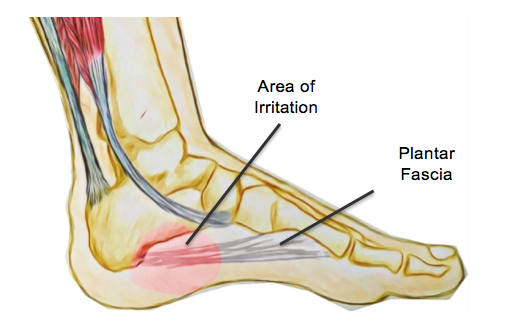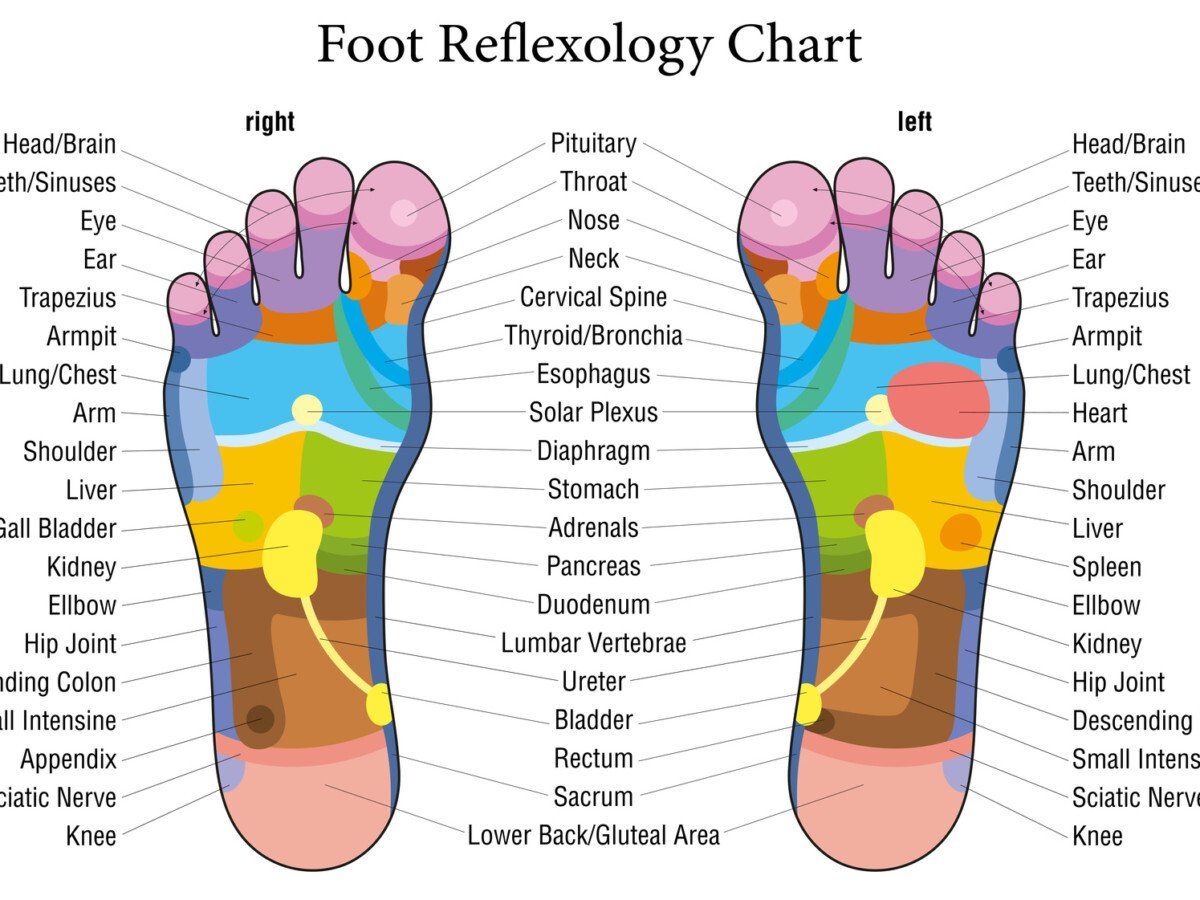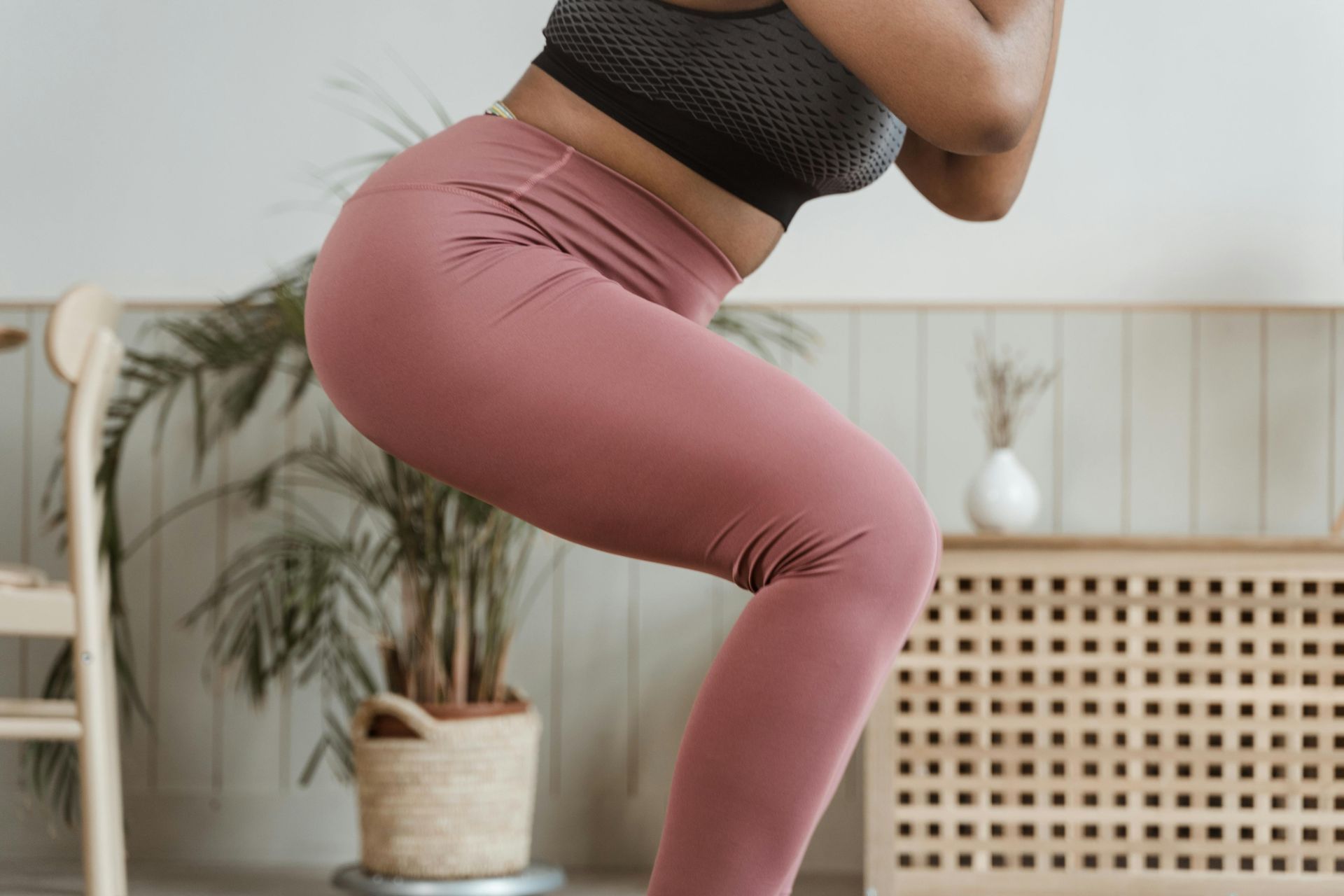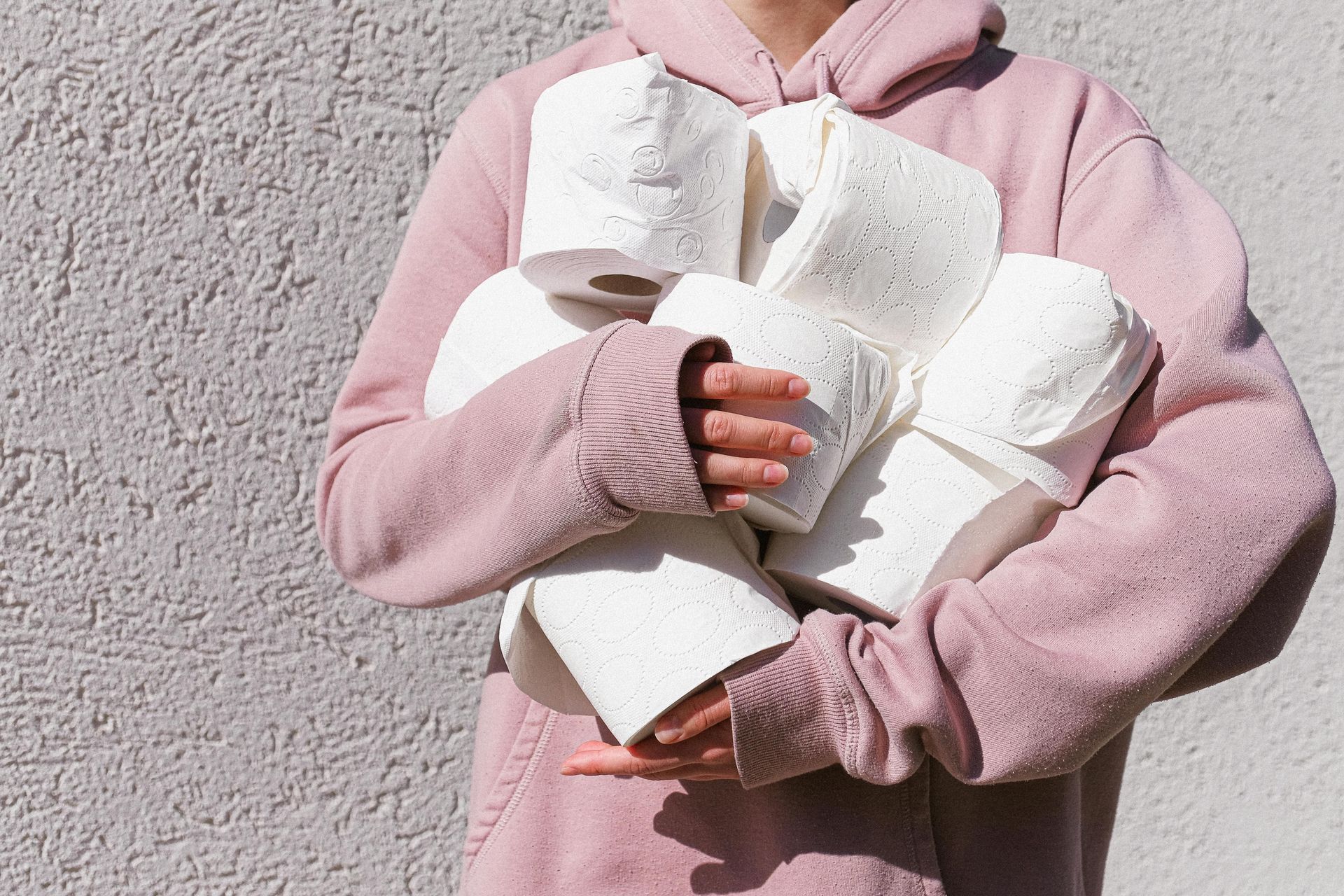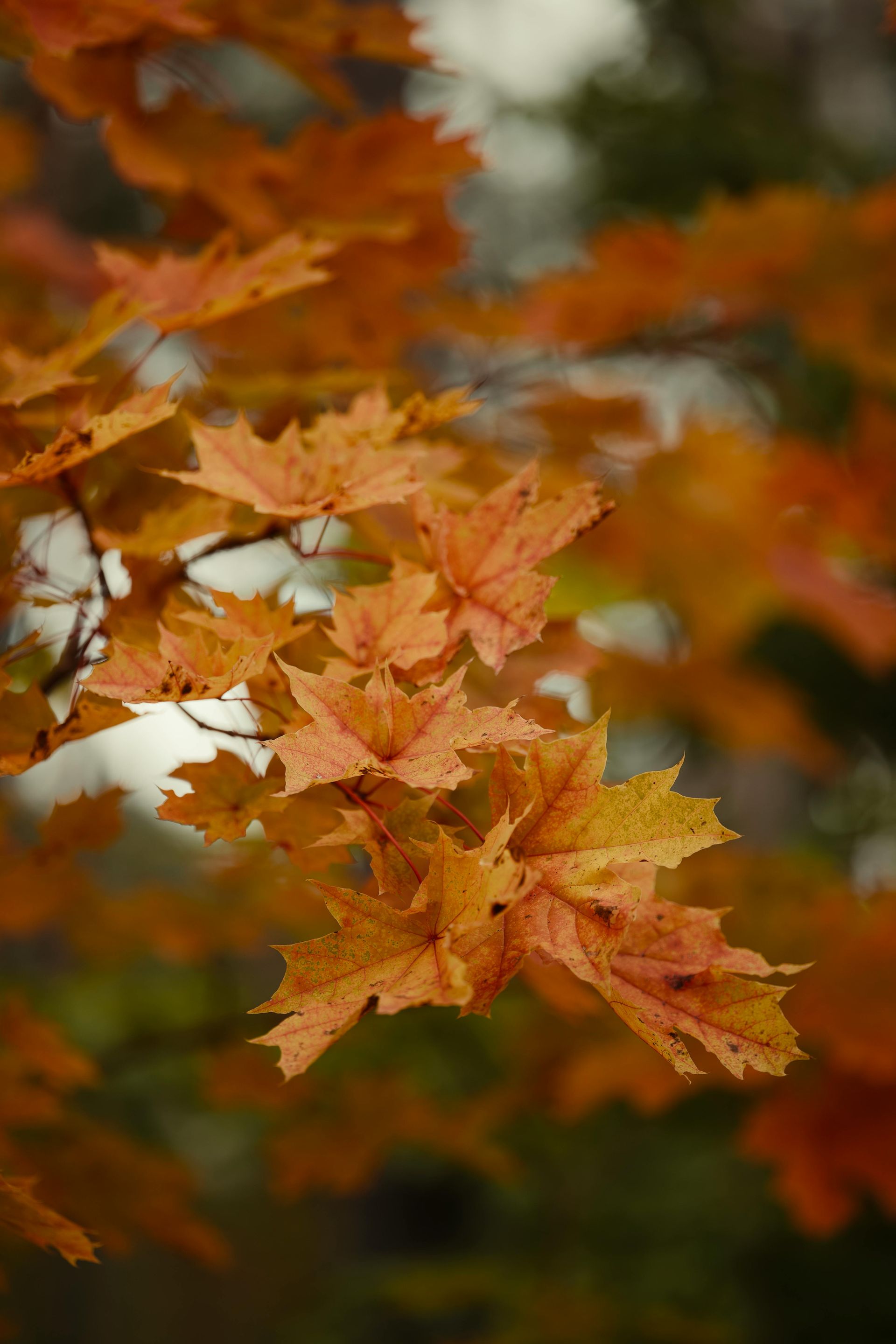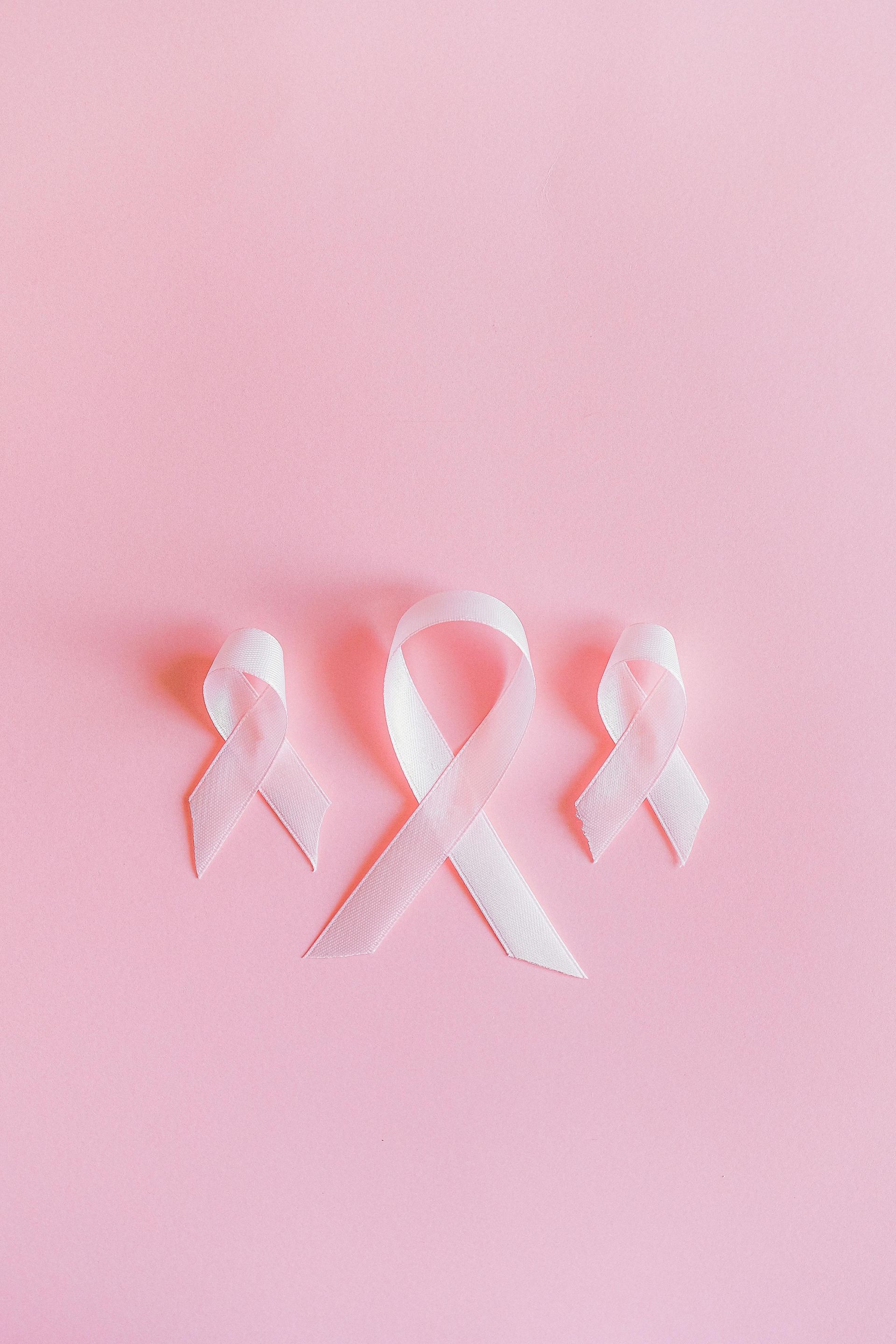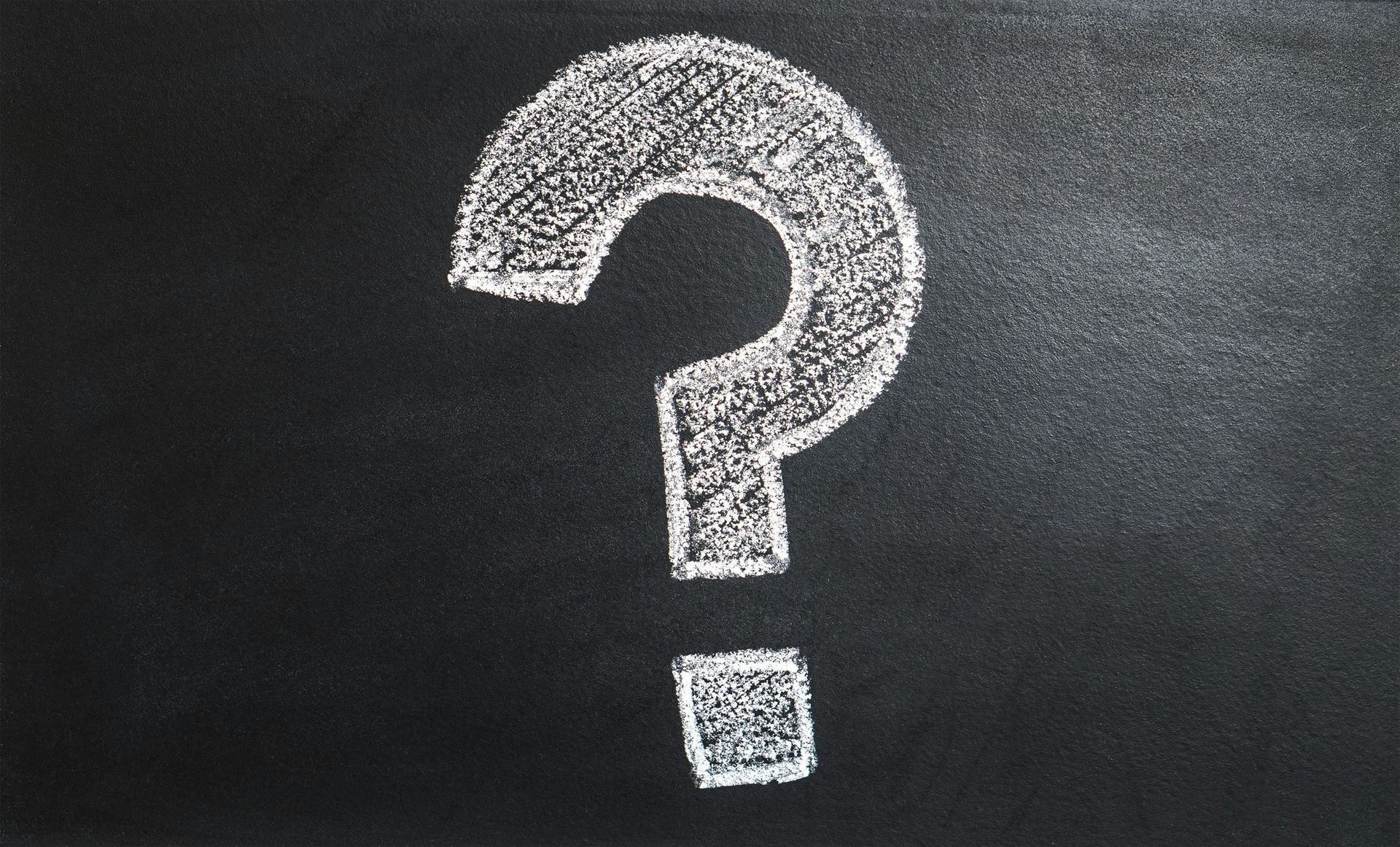The quick answer is that while Reflexology points are not the same as triggerpoints, Reflexology points on the soles of the feet can also be stimulated by SMR.
Reflexology points refer to a system of zones and areas reiterating an image of the body on the feet, with a premise that such stimulation effects physical change in the body.
Reflexology is the act of applying pressure to the congested reflex areas on the feet with specific thumb, finger, and hand techniques, based on a system of zones and areas.
The theory behind reflexology is that there are “reflex” areas on the feet that correspond to specific organs or parts of the body because each part of the body is interconnected through the nervous system to the hands and feet. Stimulating specific reflex points in the feet is believed to be able to bring relieve to poorly functioning areas of the body.
For example:
• The tips of the toes reflect the head.
• The heart and the chest are around the ball of the foot.
• The liver, pancreas and kidneys are in the arch of the foot.
• Lower back and intestines are towards the heel.
In Reflexology, the feet are said to mirror our general health, so conditions like arthritis, diabetes, nerve, and circulatory disorders; can show their initial symptoms in your feet.
Wherever there is an illness, Reflexology states that we can find a corresponding area in the foot where there may be pain or waste materials forming on the energy pathway.
It's said to work by smoothing out the pain and restoring the energy to a state of balance.
As the feet are being treated, you may feel a sharp sensation when the energy is freed but will then experience a release throughout the body.
This does sound pretty similar to the end result of myofascial release of the feet!
Dr. Ida Rolf in “Rolfing and Physical Reality” says: “The meridian points and reflex points in the feet are most likely end-points of myofascial strain, the result of imbalance which transmits its difficulty in compensating pattern through the body to the surface.
"Fascial planes may be the route of mechanical transmission of pain. Foot reflexes are peaks of strains. They are nothing mystical; they are where strain goes in the foot. If you are relieving strain above the reflex points (for example in the ankle and shin) you will relieve those points of strain in the sole of the foot. When a weight goes down and dies in some place, it becomes a reflex point.”
And “I think that many if not all reflex points in the foot are simply points where gravitational strain inserts and comes together. They are the end of the line we call balance.”
So, it seems that if trigger points are a muscle knot or area of increased sensation, and reflex points and foot reflexes are peaks of strains, then myofascial release with a small ball works on trigger points as well as reflexology points.
The next time you’re doing your SMR, as painful as they may be, take slow deep breaths and persevere knowing that once you feel the release, you’re not only relieving painful feet but benefitting your other organs as well!
*Please note this blog contains Amazon affiliate links that mean that I may receive a very, very small commission, at no cost to you, if you buy.

